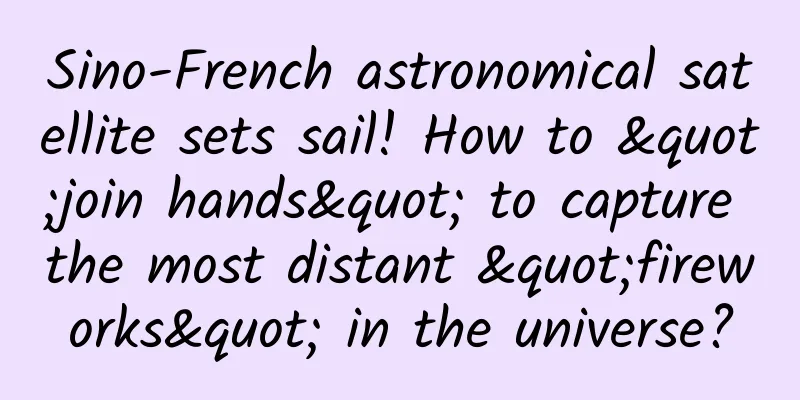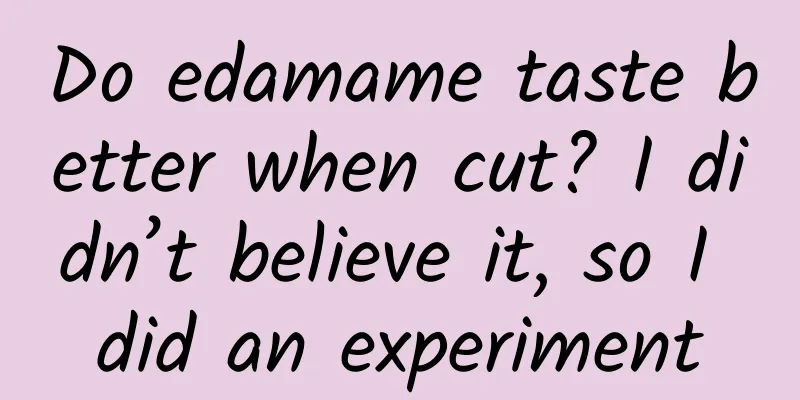The Dawn of Civilization on Stamps: Chinese Oracle-Bone Script and Egyptian Hieroglyphics

|
In 1899, a Qing Dynasty official named Wang Yirong accidentally discovered that the "dragon bones" that were used as Chinese medicine were actually engraved with divination inscriptions. He immediately spent money to purchase a large number of these "dragon bones" scattered around the country. Several years later, 1899 was regarded as the beginning of the international research on ancient characters engraved with such divination inscriptions, which is what we now call oracle bone inscriptions. Wang Yirong was revered as the first person to discover oracle bone inscriptions! Wang Yirong Following Wang Yirong's path of oracle bone research was Liu E in the late Qing Dynasty. After Wang Yirong's death, he purchased a large number of oracle bone "dragon bones" left by Wang, selected more than a thousand of them and compiled the book "Tieyun Canggui". This is the earliest book recording oracle bone inscriptions and has high academic value. Later, Sun Yirang, Luo Zhenyu, Wang Guowei and other masters devoted themselves to research, making it a specialized subject. Liu E Research shows that oracle bone inscriptions are the earliest systematic writing that we can see, dating back to the Shang Dynasty, about 3,400 years ago. The oracle bone inscriptions were unearthed in Xiaotun, five miles northwest of Anyang, Henan, and are known as "Yinxu" by academics. The first "Yinxu" stamp issued by the State Post in 2016 is the "Oracle Bone Script". It is the lower part of a broken cow scapula, with both sides engraved with divinations. The characters are painted in vermilion, and there are more than 180 characters remaining. The content is a record of the Shang King Wu Ding's divination about whether there will be a disaster within the current ten days. It is the basis for studying the geography, states and military system of the Shang Dynasty. It is historical material that can make up for the gaps in the Records of the Grand Historian and can be called the "King of Oracle Bones". Oracle In October 2021, to commemorate the United Nations Biodiversity Conference, the State Post issued a commemorative stamp. On it, 25 oracle bone inscriptions were ingeniously printed using a special technique on the blank space of the main image, arranged in 6 matrices. It is so attractive that people can't put it down. It also allows the ancient oracle bone script to be spread in the form of stamps. Stamps Oracle bone script under fluorescent light Text comparison table The written content of oracle bone inscriptions can be divided into two types: record-keeping inscriptions and divination inscriptions, which are records of history and divination respectively. There are currently more than 4,000 oracle bone inscriptions that have been counted, but only about 1,100 characters can be deciphered and their pronunciation and meaning can be understood. It is said that Chinese civilization has a history of 5,000 years, and it was only with the advent of writing that civilization began. The earliest prototype of Chinese characters must have been earlier than oracle bone inscriptions, which is a relatively mature self-originated writing system. Autochthonous scripts are scripts that have independently developed from local civilizations. There are five ancient autochthonous scripts in the world, including the oldest Chinese characters and Egyptian hieroglyphics. Egyptian hieroglyphics appeared in the First Dynasty around 3000 BC, with three types of fonts: epigraphic, hieratic, and popular. The epigraphic font was originally used by both the elegant and the vulgar, but later became a standard font because it was carved on the stone walls of pyramids and temples, or on stone tools and pottery. It is also the general name for the three fonts. The symbols of this font look like pictures, but they do not have the function of pictographic representation. Hieratic is a practical cursive font, mainly used for religious scripts. Popular, also known as epistolary or folk, is a simplified form of the hieratic font. For a long time, the meaning of the Egyptian hieroglyphs was not fully known until Napoleon's expedition to Egypt, when this ancient text was fully deciphered by the French scholar Champollion. Champollion was a linguistic genius who was proficient in many ancient languages. He was particularly fascinated by ancient Egyptian history and culture and was determined to decipher the hieroglyphics. He published his work in 1822, his Grammar of Hieroglyphics was published posthumously in 1836, and his Dictionary of Hieroglyphics followed in 1841. Champollion's paper manuscript The following are stamps issued by Egypt and France to commemorate Champollion’s historical achievements. The “Rossel Stone” on the Egyptian stamp is the breakthrough point for Champollion to decipher the hieroglyphics. Egypt stamps French extreme movies Ancient writing is the dawn of human civilization and guides mankind towards light. Compared with Egyptian hieroglyphics, Chinese oracle bone inscriptions are more profound, and there are still a large number of characters that have not been deciphered. We look forward to the efforts of successors. |
<<: The cat lands so smoothly and gracefully that it can be explained by this law of physics!
>>: The ocean is running a fever: Will extreme weather bring us into an era of "boiling"?
Recommend
What are the effects and functions of white grubs?
White grubs are also called scorpion silkworms, o...
Human evolution is not perfect! "Immortal" creatures have appeared in nature, with strong regenerative abilities
By using and inventing tools, human civilization ...
The efficacy and function of leek
Do you know what leeks are? If you know, do you u...
What kind of vitamin is cod liver oil pill
Vitamins are an important element in the human bo...
The efficacy and function of black fish pillow
The essence of traditional Chinese medicine is to...
How much fuel does a person consume in his lifetime? Scientists tell you
"Fuel consumption" is one of the most c...
How to distinguish true and false chicken bone grass
Chicken bone grass is the product of the dried Gu...
Gynostemma pentaphyllum is sweet, what is the effect
With the continuous improvement of living standar...
The efficacy and function of stinking camphor
Many people are not very clear about stinking cam...
The efficacy and function of saponins
We can often see water soap beans in our daily li...
Don’t think you wash your hair all the time, the wrong method can easily lead to hair loss! How many of these 5 common misunderstandings have you made?
Many friends will ask, why does the wrong posture...
Using thermal radiation to measure body temperature, how can infrared technology be so powerful!
Since the outbreak of the new coronavirus pandemi...
The efficacy and function of stigma
Many people are not very clear about the herb, so...
What diseases does plantain cure
Plantain is a wild vegetable. Nowadays, people li...
What do you think is the difference between healthy concentrated juice and fruit?
Many places have entered summer early this year. ...









